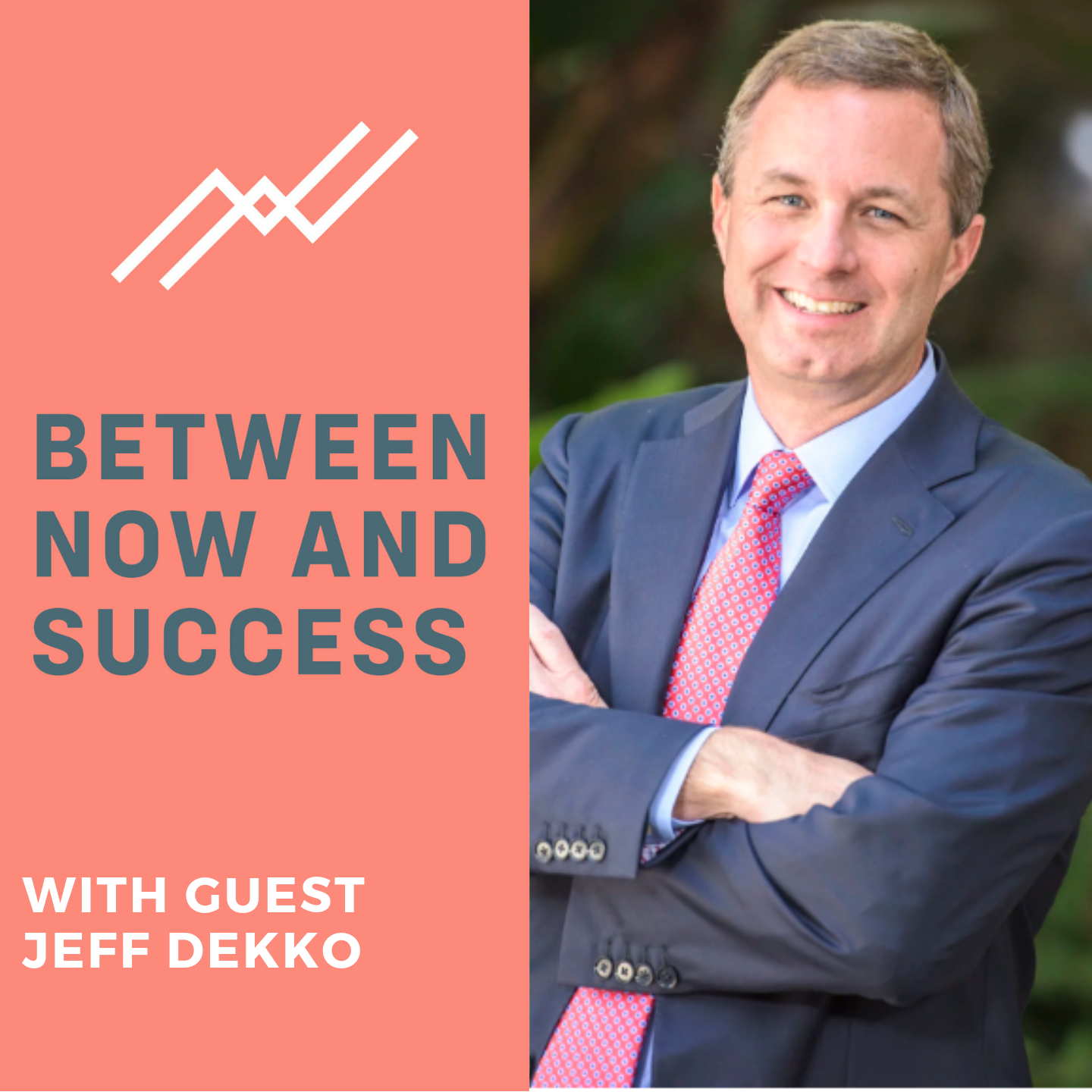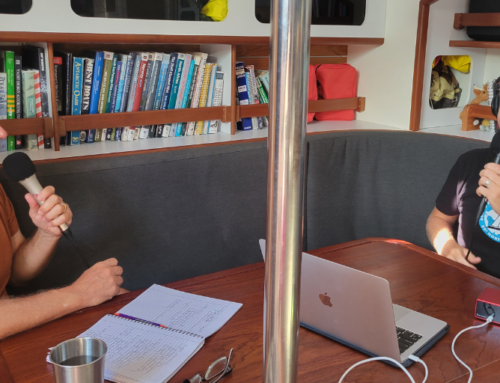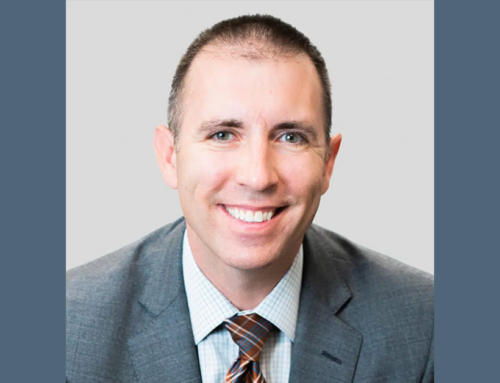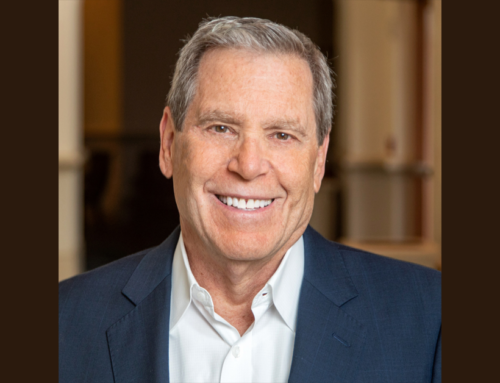You could be the smartest, most technically competent financial advisor in the country but without solid leadership and a marketing plan, you’ll be like the lonely Maytag repairman.
Few RIAs have been as successful at building their business through good old fashioned business leadership and sophisticated marketing than Wealth Enhancement Group (WEG). This multi-billion dollar RIA has an impressive management philosophy and a marketing machine that is firing on all cylinders.
CEO Jeff Dekko spent his early career working for consumer packaged goods companies such as General Mills. In 2003, he joined WEG and has guided the company from $600m in AUM to more than $6 billion now.
He’s rather unusual because he did not “grow up” in the financial industry and instead, brought a sophisticated outsider’s perspective to building and managing an RIA.
To continue reading the rest of this post, please register below with your email address.
Here are a few edited highlights from my wide-ranging discussion with CEO Jeff Dekko.
1. Eliminate the single point of failure in your organization.
We do a lot of classic consumer goods type activity and one of the things we found is clients are often concerned about a single point of failure within their financial relationship. They may come to a firm because of a person, but then they start to realize that, “Maybe only one person knows me.” In our system, we try to create a sense for the client that they’re actually known by a team of people, and it’s the team that is taking care of them. If one person was suddenly no longer part of the team, it’s no problem. There’s a team of people who still know the client and they’re going to take care of the client in a fashion that’s been consistent with the way they’ve been taken care of in the past.
2. Brand matters.
There isn’t a national financial planning brand that’s been seeded with consumers yet. A few players are emerging but we look at this as a wide open opportunity. Hiring a financial planner is not a decision people make very often. Historically, what have people used for a proxy to help them make that decision? It’s been a relationship somewhere, whether it’s the brother-in-law or the neighbor, or maybe it’s a referral from a trusted adviser. They’ve used some sort of proxy for that as opposed to having an understanding of what the services might be, and then ultimately making a decision.
I think the catalyst that’s changing this is we’re all more informed in general because of the internet. As consumers become more informed, a brand or brands will start to emerge that can say to a prospective client or consumer, “Here’s what we do. If that’s attractive to you, come on in and spend some time with us.” Suddenly, that consumer is engaged, and that’s where the brand starts to kick in.
3. There is a “team” in culture.
It’s incredibly important to me that we function in a team-like fashion throughout the company. Here’s an example. When I first got here, I essentially was CEO, a Sales Manager, and a variety of other things. Today, one of the things I’ve observed is that if you look at the average tenure of a Sales Manager, it’s something like 18 months. About four years ago, we put in an organization called the Sales Leadership Council. It consists of our head of marketing, head of practice management, and two advisors. They, essentially, are the office of the Sales Manager.
It’s really reflective of a team culture, in that it’s not just an individual, and it’s not somebody with one agenda. It’s a team-based approach that’s different and unique.
This company isn’t about me. This company is about clients first and foremost, and then it’s about all the constituents that serve those clients and enjoy making a living here. It has to be about that in a services business.
4. Get clear on your ideal clients through “extreme targeting.”
I said to my marketing team, “You know, we have to figure out how to lead score every household in America. It’s just a small task, but you need to figure that out.” My marketing team, of course, looked at me like I was nuts. It’s impossible to lead score every household in America, but from that, we took our whole targeting to a different level.
We started thinking about what are the behavior patterns of clients who value the service that we deliver. I would encourage all advisors out there, to think about the service you deliver, think about the clients you have that value it the most, and then replicate those clients. The people who value it the most are the easiest to close, you will retain them, and they are most likely the people who will give you the best referrals. We do a lot of research within our existing client base to understand which clients really value us the most and what are their characteristic. We found out all sorts of things.
We know that they don’t eat sushi and that they drive certain kind of cars. We have a high propensity of bird watchers. I’m not really sure what that means. That’s their behavior. That’s where the consumer marketing part comes in. So much of target marketing in our industry is, “Do they have money?” That’s not how we target. We target by, “What behaviors do they have in their lives, and are those behaviors consistent with clients that we’ve seen who really value our service?” Then we use all sorts of mediums to reach them.
5. Nurture your prospects so when there’s money in motion, you’ve already got the inside track.
I always hear the term “money in motion.” This is where not coming from the industry either hurts me or helps me. The money in motion thing always confused me because everyone knows that, so when money’s in motion, could there be a more competitive moment?
Instead, we follow a segmenting strategy and then nurture prospects within the segments. If somebody responds to us digitally, we’ll follow, and track, and continue to re-market to that person over a number of years. So then when there’s money in motion, all of a sudden multiple advisors show up but we’ve got the inside track. We’ve been talking with them through educational webinars and information that we’ve been sending them, and also directing them to our weekly radio show.
Yes, it’s incredibly efficient if you can get a client when the money’s in motion. But if you start to take a longer-term view of, “Hey, if I can do some things with a lot of leverage where I can nurture the prospect, and can demonstrate to them some value in why they should consider us, they may have made that decision to join us before they even get the money in motion, and it’s a done deal. We win.
Resources
– Values Clarification Toolkit Click here to download this FREE tool and start living your values.





